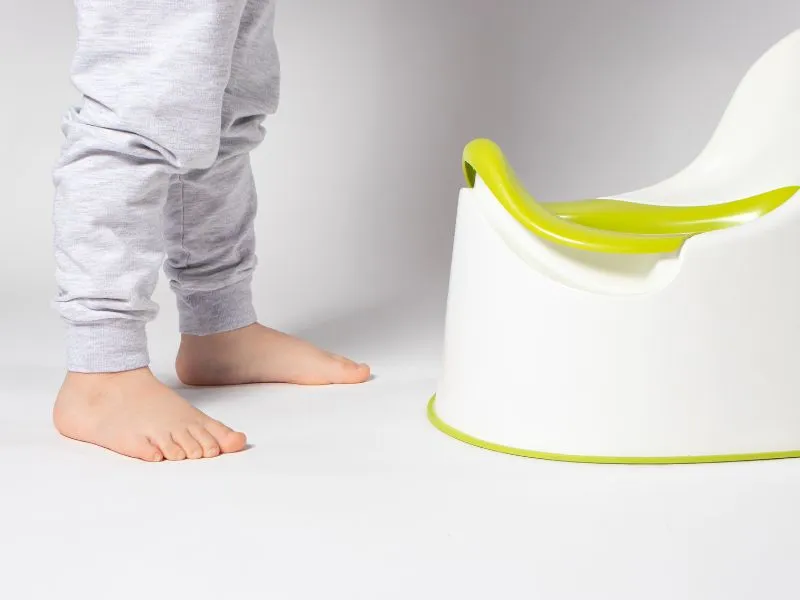
Potty training little boys sometimes can be a daunting task, but it’s a significant milestone in their development. It’s a process that requires patience, understanding, and a lot of encouragement. This potty training boys’ guide will provide you with comprehensive information to make this journey to start potty training your little guy much smoother and more enjoyable for both you and your little one. This seven training tips for boys’ guide will take you through seven powerful steps to ensure your little boy has a successful potty-training journey.
Understanding the Right Age: When To Start Potty Training
Signs Your Boy is Ready for Potty Training
There’s no ‘perfect’ age to start with potty training a boy, as each child is unique and develops at their own pace. However, most boys show their potty-trained readiness between the ages of 18 and 30 months. Look for signs such as interest in the toilet, discomfort in wet diapers, and the ability to follow simple instructions. The American Academy of Pediatrics suggests that boys of average age might stay in diapers a bit longer than girls of average age because they’re generally more active and may be less likely to stop and use the potty.
Preparing for Potty Training

Choosing the Right Potty
Start by choosing a potty that your boy or little guy will be comfortable using. Some prefer a child-sized potty that’s easy for a toddler boy to get on and off, while others prefer a toddler seat that fits onto the regular toilet. When buying a potty, look for one without a urine guard (or with a removable one). They may protect your bathroom floor from a little stray pee, but they also tend to scrape a boy or little guy’s penis when he sits down on the potty, which could make him hesitant to use it.
Creating a Potty Schedule
Establish a routine to begin potty training by setting specific times for potty breaks. This could be after meals, before naptime, or before bedtime. Consistency is key to creating a successful potty training routine. It’s also important to watch for signs that your child needs to use the potty, such as squirming, squatting, or holding the genital area. When you see these signs, lead your child to the potty and remind him of its use.
Steps to Potty Training Boys
Introducing the Potty
Introduce your little boy first to the potty and explain its purpose. Let him sit on it with his clothes on at first, so he gets used to it. Make sure to praise him for each attempt to use the potty, even if he doesn’t go. You can personalize the potty by writing his name on it or letting him decorate it with stickers. This will make him feel more comfortable and excited about using it.
Teaching How to Sit and Stand
Boys can start by learning to pee sitting down, and then transition to standing up. Use easy-to-understand language and consider using a target (like a floating toy) for them to aim at when they start training in the standing position. Once your son is comfortable going to the bathroom and sitting down, he can try standing up. If he seems reluctant, try putting a few pieces of O-shaped cereal in the potty for target practice. This can make the entire process much more fun and engaging for him.
Dealing with Accidents
Accidents are inevitable. When they happen, reassure your child that it’s okay and part of the learning process. Avoid showing disappointment or frustration. Instead, use this as an opportunity to remind him of what he should do next time. Remember, it’s important to keep the atmosphere positive and encouraging.
Overcoming Challenges in Potty Training Boys
Resistance to Potty Training
If your boy resists potty training, it might be best to take a break and try again after a few weeks. Pushing him when he’s not ready could lead to a power struggle. It’s important to remember that to start “potty training” as a boy alone is a big step for your child, and he may need more time to get used to the idea. During this break, continue to talk about the potty, read books about potty training, and let him observe others using the toilet.
Nighttime Potty Training
Nighttime potty training often takes longer. Consider using nighttime diapers, training pants, or waterproof sheets during this phase. And remember, patience is key for nighttime accidents. It can take a few months or years before your child’s body is mature enough to stay dry at night, and this is perfectly normal. During this phase, limit the number of liquids your child drinks in the evening and make sure he uses the bathroom before bed.
Potty Training Tips
Remember to be patient and consistent. Celebrate successes and handle accidents with understanding. Make the whole toilet training process fun for kids by using books, songs, or games related to potty training. Most importantly, remember that each child is unique and all kids will reach this milestone in their own time.
Consider setting aside some naked time for your child. This can help him figure out when he needs to go, as he’ll feel the wetness immediately. Of course, be prepared for your toddler boy and a few accidents during this learning phase.
Motivate your child with cool underwear. Let him choose his own “big boy underwear or big kid underwear”. If he seems hesitant to put them on, see if he’ll wear them over his diaper. Once he gets used to them, he may insist on ditching the disposables.
Celebrate Potty Train Triumphs
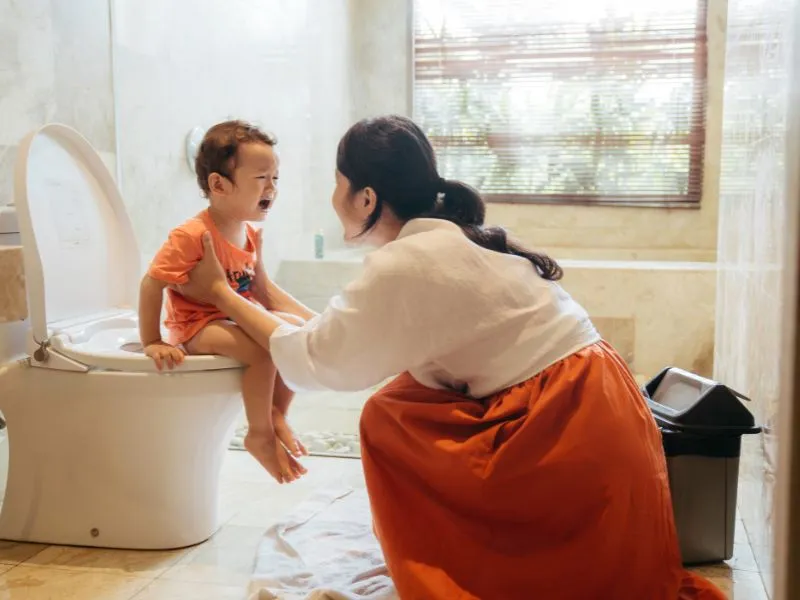
Celebrating triumphs, no matter how small is an essential part of the potty training process. It’s a way to encourage your child’s progress and make the potty training experience more enjoyable and rewarding for them. Here’s how you can celebrate your child’s potty training triumphs.
Praise and Encouragement
One of the simplest ways to celebrate your child’s success is through verbal praise. When your child successfully uses the potty, express your excitement and pride. Use positive and encouraging words like “Great job!” or “You did it!”. This can boost your child’s confidence and motivate them to continue using the potty.
Reward System
Consider implementing a reward system to celebrate your child’s new potty training triumphs. This could be a sticker chart where your child gets to place a sticker each time they use the potty. Once they collect a certain number of stickers, they can receive a small reward. This could be a favorite treat, a new book, or an extra story at bedtime. Remember, the reward doesn’t have to be extravagant. The goal is to make the whole toilet and start the potty training process fun and exciting for your child.
Special Celebrations
For significant milestones in potty use, like the first time your child stays dry all day, you might want to have a special celebration. This could be a favorite meal, a game plan, a family outing, or a potty-training graduation ceremony. This can help your child understand the significance of their achievement and feel proud of their progress.
Positive Reinforcement
Positive reinforcement is key in celebrating your child’s potty training triumphs. This means focusing on their potty-trained successes rather than their mistakes. If your child has an accident, reassure them that it’s okay and part of the learning process. Then, remind them of their potty training success to encourage them to keep trying.
In conclusion, celebrating triumphs is a powerful tool in successful potty training. It makes the “start potty training boys” process more enjoyable for your child and encourages them to keep going. Remember, every child is unique and will reach this milestone at their own pace. So, celebrate each triumph, big or small, and make the potty training journey a positive experience for your child.
What Happens If Potty Training Isn’t Working?
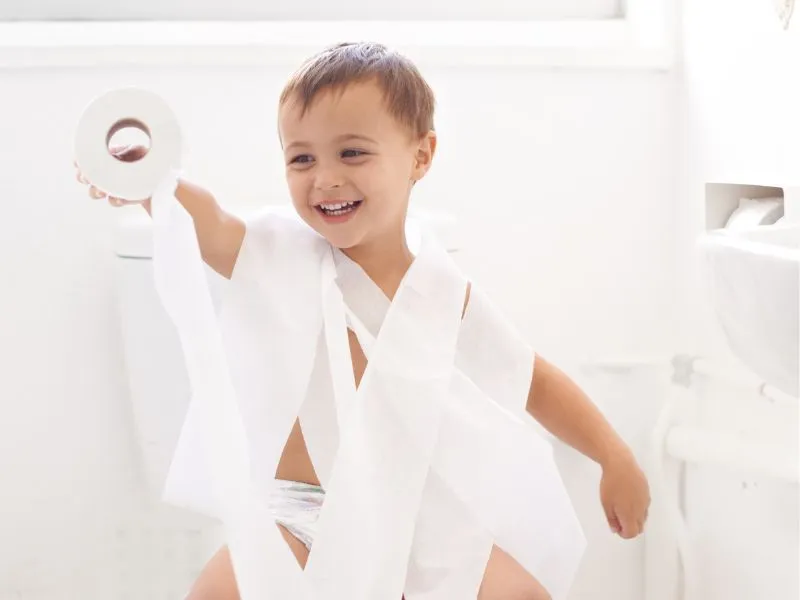
Potty training is a significant milestone in a child’s development, but it’s not always a smooth journey. If you find that potty training isn’t working, don’t panic. It’s important to remember that every child is unique and will learn fully potty trained at their own pace. Here’s what you can do if you’re facing challenges with potty training.
Identify the Issue
First, try to identify what’s causing the problem. Is your child resistant to using the potty? Are there frequent accidents? Is your child able to stay dry for a certain period? Understanding the issue can help you address it more effectively.
Consider Your Child’s Readiness
If potty training isn’t working, it might be because your child isn’t ready yet to be fully toilet trained. Signs of potty training readiness include showing interest in the toilet, being uncomfortable in wet diapers, and being able to follow simple instructions. If your child doesn’t show these signs of potty training, it might be best to take a break from the potty train and try to toilet train again later.
Evaluate Your Approach
Your approach to potty training can also influence its success. If you’re using a method that’s not suitable for your child, it might lead to resistance or fear. For example, some children respond well to a reward system, while others might feel pressured. Make sure your approach tips for potty training are flexible and tailored to your individual child’s needs and personality.
Consult a Professional
If you’ve tried different strategies and potty training still isn’t working, it might be helpful to consult a professional. A pediatrician or a child psychologist can provide guidance and rule out any medical issues, such as urinary tract infections or constipation, that could be affecting potty training.
Maintain Patience and Positivity
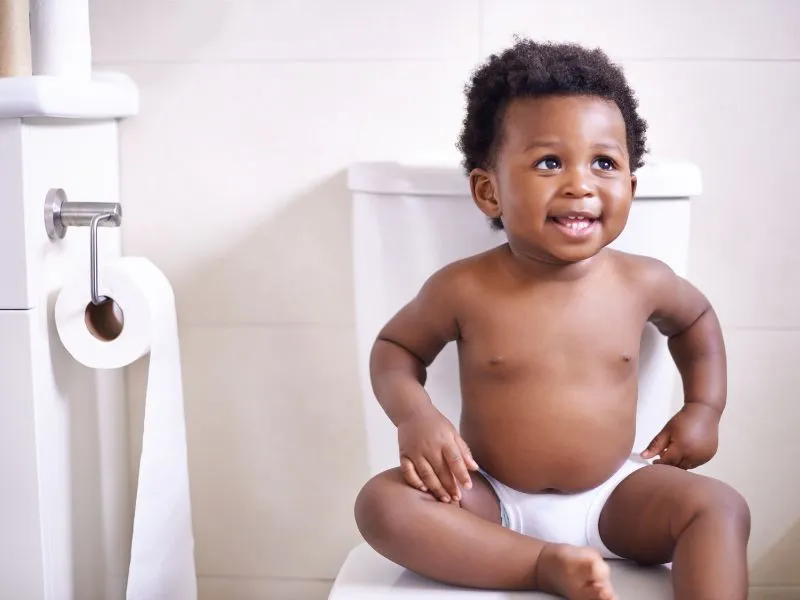
Above all tips for potty training, maintain a patient and positive attitude. Potty training is a process that takes time. It’s normal to have setbacks and challenges along the way. Remember to celebrate small victories and reassure your child that it’s okay to make mistakes. Your support and encouragement are crucial in helping your child overcome potty training challenges.
Conclusion
Potty training is a big step for both parents and children. It’s a process that requires patience, understanding, and a lot of trial and error. But with the right approach and mindset, it can also be a period of significant growth and bonding for all family members, parents, and many children. Remember, the goal of potty training, is to help your child gain confidence and independence, and every small step towards this is a victory.
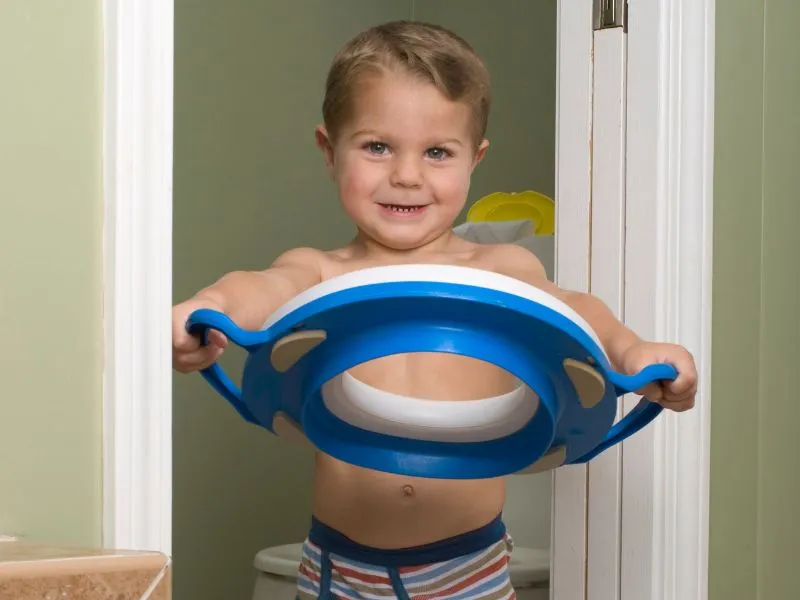
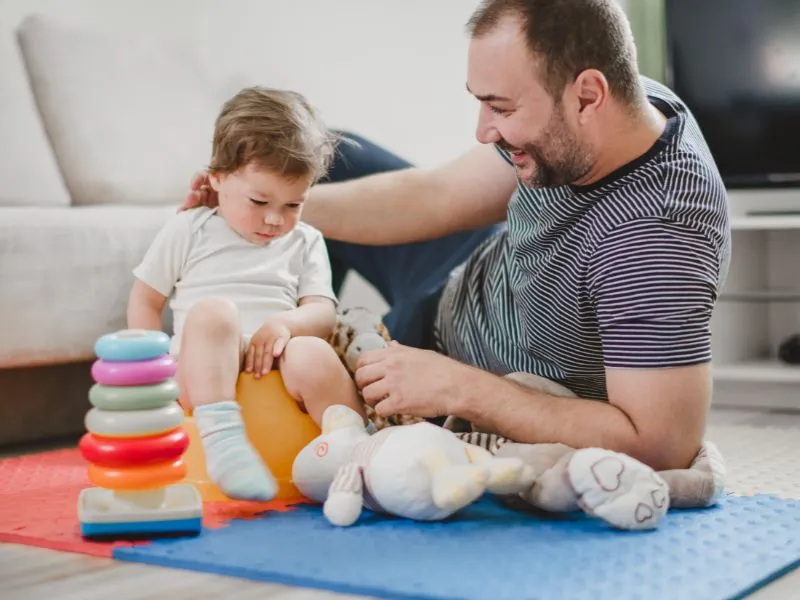


Leave a Reply